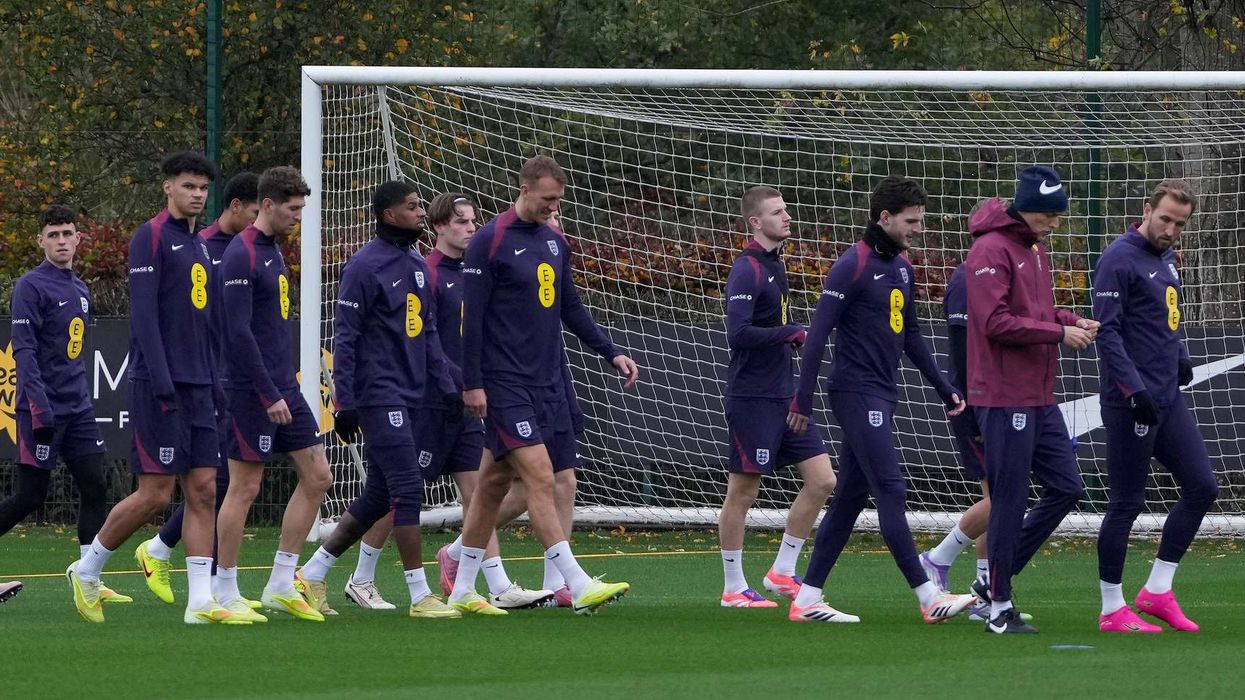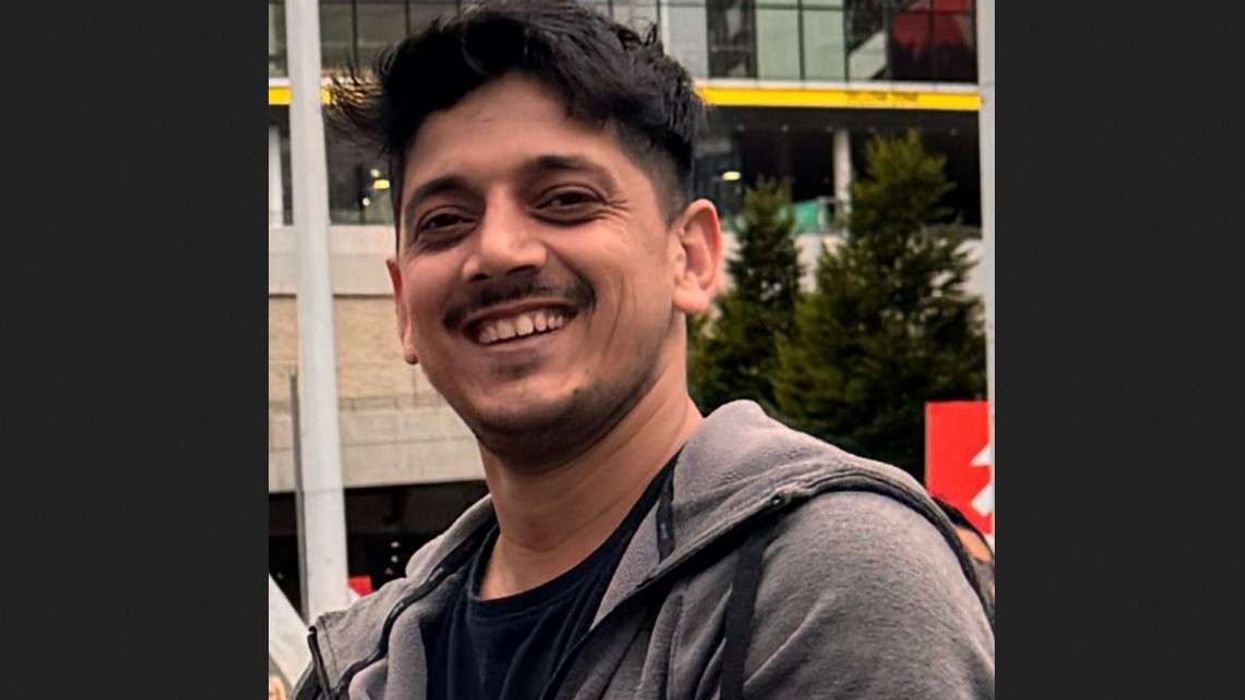Highlights:
- Air India’s inspection of fuel switch locking mechanisms found no issues.
- DGCA and global airlines, including Singapore Airlines, also conducted similar checks.
- Voice recordings suggest pilot actions are under investigation.
- Preliminary report found no mechanical or maintenance faults.
AIR INDIA’s inspection of the locking mechanism on the fuel control switches of its Boeing 787 fleet has found no issues, according to an internal communication circulated within the airline.
The checks were carried out following last month’s crash of an Air India flight from Ahmedabad to London that killed 260 people, including 19 on the ground. A preliminary report by Indian investigators found that both fuel control switches had moved from the run to cutoff position shortly after take-off.
Earlier this week, the Directorate General of Civil Aviation (DGCA) directed Indian airlines to inspect the fuel switch locking feature on certain Boeing models. The regulator’s directive followed Boeing’s internal communication to operators that the fuel switch locks on its aircraft were safe.
The checks were also in line with a 2018 Special Airworthiness Information Bulletin (SAIB) issued by the US Federal Aviation Administration, which recommended inspection of the locking mechanisms to ensure they could not be moved accidentally.
‘No issues found’, says Air India internal note
"Over the weekend, our Engineering team initiated precautionary inspections on the locking mechanism of Fuel Control Switch (FCS) on all our Boeing 787 aircraft," Air India’s flight operations department wrote in a message to its pilots. "The inspections have been completed and no issues were found," the communication added, noting that the airline had complied with the regulator’s directive.
It further stated that all Boeing 787-8 aircraft had already undergone “Throttle Control Module (TCM) replacement as per the Boeing maintenance schedule,” adding that the FCS was part of this module.
Other countries have also taken similar steps. Singapore Airlines and Scoot inspected their Boeing 787 aircraft and found the fuel switches to be working properly. "Our checks confirmed that all fuel switches on SIA and Scoot’s Boeing 787 aircraft are functioning properly and comply with regulatory requirements," a Singapore Airlines spokesperson told AFP.
Cockpit voice recorder draws focus to pilot actions
Meanwhile, a report by the Wall Street Journal on Wednesday cited people familiar with the US officials’ early assessment of the crash investigation. It said cockpit voice recordings from the flight suggested that the captain may have cut the flow of fuel to the engines.
After report of CAA warning on Boeing fuel switches, regulator issues clarification
The Journal reported that First Officer Clive Kunder, who was flying the plane, asked Captain Sumeet Sabharwal why he moved the fuel switches to cutoff seconds after take-off. One pilot was heard asking the other why the fuel was cut off, and the other replied that he had not done so, according to India’s Aircraft Accident Investigation Bureau (AAIB).
The AAIB did not identify which pilot made which statement. Kunder had 3,403 flying hours, and Sabharwal had 15,638 hours of total flying experience.
The Wall Street Journal said it was not clear if there was any evidence beyond the recorded conversation to indicate that Sabharwal moved the switches. It cited US pilots who had read the Indian report saying that Kunder would have been fully engaged in flying the plane at that stage and unlikely to have reached for the fuel switches.
Preliminary findings and aftermath
The AAIB's preliminary report said both fuel switches were flipped from run to cutoff one second apart after take-off, but it did not specify how they were moved. Almost immediately after take-off, the ram air turbine deployed, indicating an engine power loss.
The plane began losing thrust after reaching 650 feet and then started to descend. The report said the switches were turned back to run and the aeroplane attempted to restart the engines automatically, but it was too low and slow to recover.
The aircraft hit trees and a chimney before crashing into a building at a nearby medical college, killing 241 of the 242 people on board and 19 on the ground.
No mechanical faults, says Air India CEO
In an internal memo, Air India CEO Campbell Wilson said the preliminary report found no mechanical or maintenance faults. He said, “All required maintenance had been carried out.”
The report did not issue any safety recommendations for Boeing or engine manufacturer GE. Following its release, both the US FAA and Boeing reiterated that the fuel switch locks on Boeing aircraft were safe, according to a document seen by Reuters and sources familiar with the matter.
Aviation safety expert John Nance told Reuters that circumstantial evidence pointed to a crew member having moved the fuel switches. “There is no other rational explanation” consistent with the available information, he said, although he added that investigators still needed to examine all possible contributing factors.
Under international regulations, a final report is expected within a year of the crash.
Calls for cockpit video recorders and other investigations
The incident has revived calls for adding flight deck cameras, also known as cockpit image recorders, on commercial aircraft. Nance said investigators would have benefited from having video footage of the cockpit.
Separately, the European Union Aviation Safety Agency said it would investigate Air India Express, the airline’s budget arm, after a Reuters report said it failed to replace engine parts of an Airbus A320 on time and falsified records to show compliance.
(With inputs from agencies)














